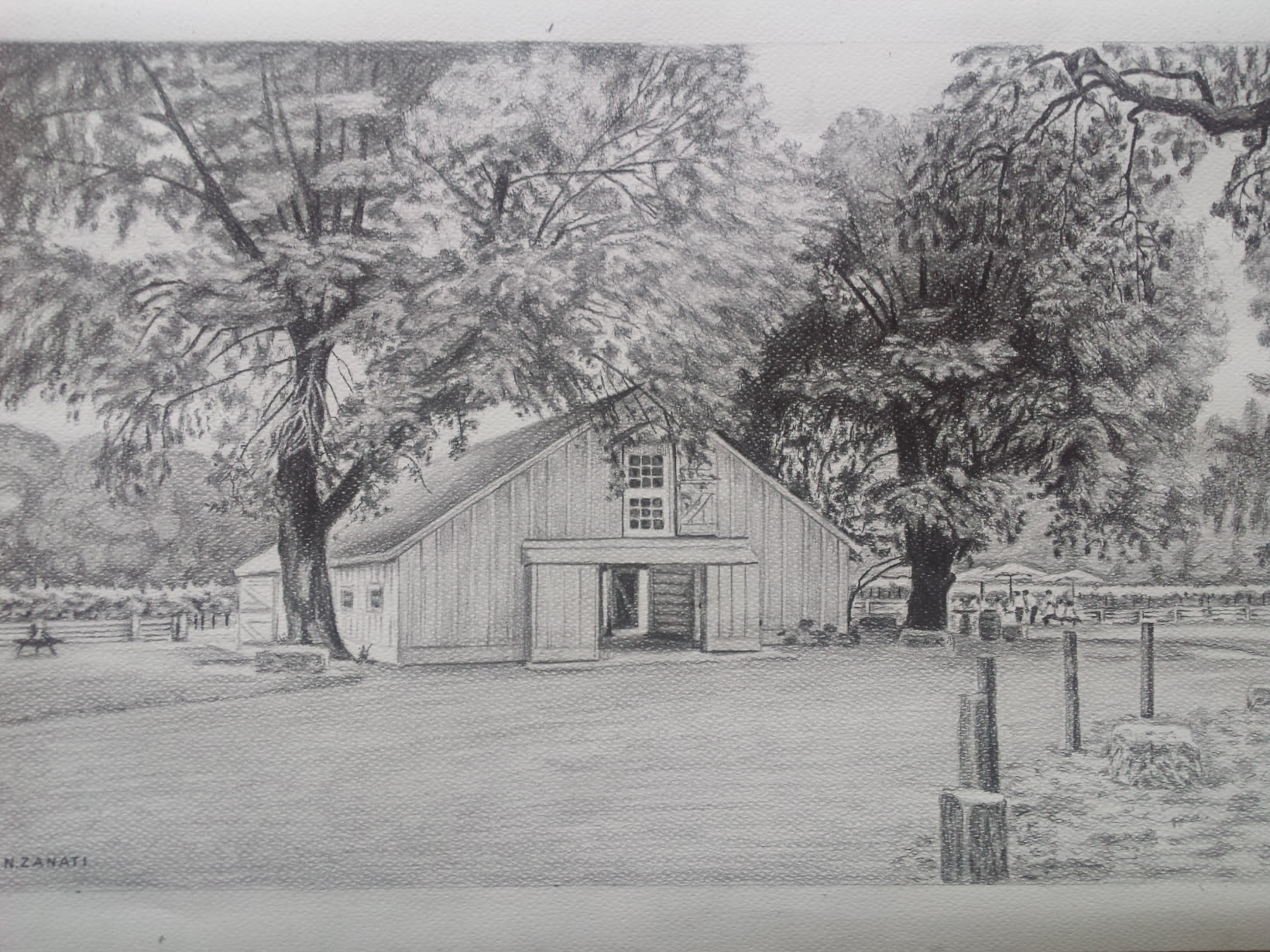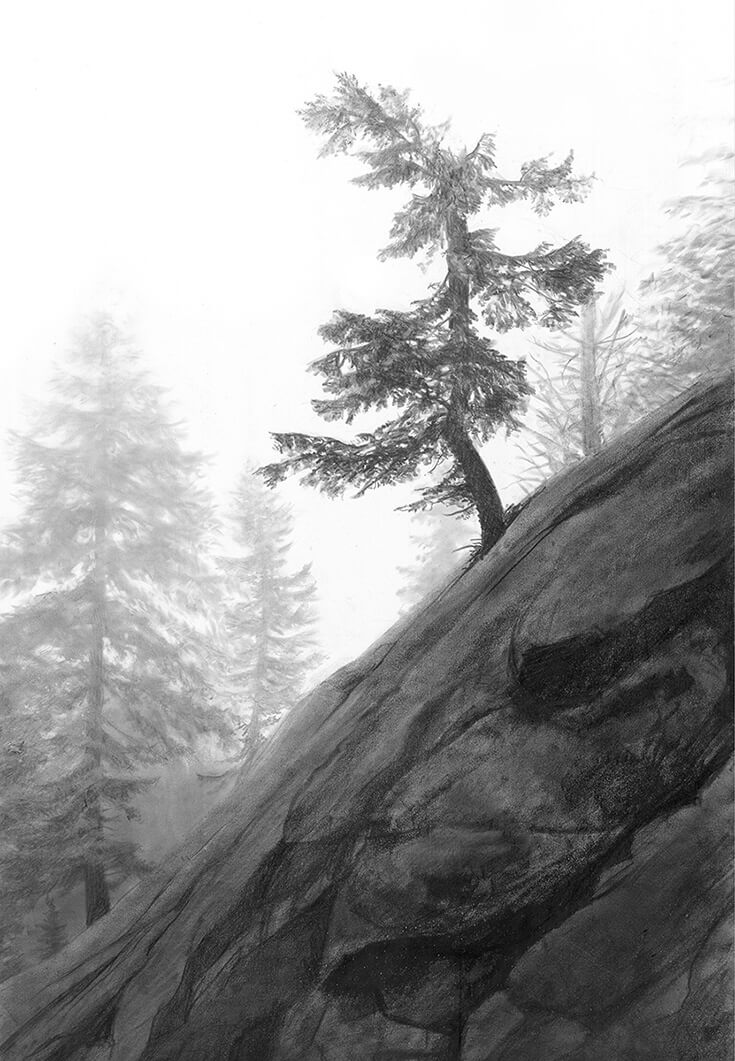

You can draw anywhere and give into each of your creative whims.Īs a general rule pen and ink is a popular medium for drawing landscapes because they produce drawings that have high contrast and include great detail. When you draw in pen and ink, you are not restricted by any environment or by electricity. Monetary valueĭepending on your work’s quality, an original pen and ink drawing could be worth a pretty penny. However, when you take your time learning to draw in pen and pink, you correctly understand the basics of drawing that will also assist you in your digital art. When you create digital art, it’s very easy to complete your artwork using shortcuts. Please look at this drawing and sketching video course I have created. All of these methods can be combined to create studies using pen and ink. The basic techniques for creating an image with pen and ink include hatching, stippling, and scribbling. Pen and ink as a traditional drawing medium is suitable for creating diverse topics and subjects, including landscape drawings, still life, and life drawing. And if it's simply freezing? Slow, rigid lines can work great for that.How to Draw Landscapes in Pen and Ink PEN AND INK LANDSCAPES Benefits of Drawing in Pen and Ink Storm might need a stronger, more energetic approach. Try to express the mood of the weather in your lines and let it flow through you into your work.įog will ask for light, undefined shapes. When you're out there, notice how the lack of sun, layer of rain, frost or mist changes the light and appearance of the plants outside.

Next time it's misty, or very windy, or simply chucking it down take your jacket and sketchbook and do a couple of quick sketches outside, from a sheltered spot under a tree perhaps. It is true, a bright spring day with the light dancing around the lake and the new leaves breaking through in their soft, velvety green is one of the prettiest things you can possibly draw.īut if you want to grow as an artist and create truly atmospheric, deeply moving pieces it can be a good idea to occasionally move outside when the weather is less perfect. Most of us hobby landscape artists only move outside when it's comfortably warm and sunny.

It'll make your drawings more interesting and save you a lot of time.
#REALISTIC LANDSCAPE DRAWING HOW TO#
Knowing when and how to let the viewer's brain fill in the blanks is a very important and handy skill to have in your repertoire. Experiment a little and always try new, interesting techniques to suggest a material in your sketches. You might need to try different approaches until you find an approach that works well. This is a great training to learn how to suggest, or hint at, parts of a landscape without spelling it out leaf by leaf, pebble by pebble. Your mission, should you choose to accept it, is to draw the view in only a few minutes, trying to simplify the texture as much as possible with it still being recognisable as what it is. That could be a wood with a thick canopy of leaves, the beach with long stretches of fine sand or a garden view with a wide, gravel footpath.

What would you do differently, if this was your work?įor this exercise all you need to do is pick a view with a relatively large area of the same pattern or texture. While you draw, think about what you like about the work in particular. You can do the same with paintings by just interpreting the brush strokes with your pencil instead. If they use bold, dark lines try to imitate them, even if you usually draw a lot lighter.
#REALISTIC LANDSCAPE DRAWING PROFESSIONAL#
It's about getting to know the work, not becoming a professional forger.īut do try to copy the artist's specific way of drawing or painting. It doesn't need to be an exact copy at all, a rough sketch is perfectly fine. When, in fact, it's an exercise that almost all professional artists, past and present, have used to improve their skill.Ĭopying a landscape drawing that you like is a fabulous way to learn about successful compositions, the use of light and shade and a variety of textures. Most of us are a bit uncomfortable copying another artist's work, because it can feel very much like stealing. Visit my post 19 expert Tips for creating stunning Landscape Sketches for more tips on drawing excellent views of nature. Plus, if you use a lot of adjectives in the description (such as smooth, aromatic, prickly…) they’ll come in super handy when working out texture or shapes. Employing all your senses will take you from being a neutral observer right into the scene, so you become part of it.īeing ‘in the moment’ like this will automatically flow into your linework and enhance the quality of your sketch quite drastically. The goal is to properly get to know your subject. If you can, also try to imagine what the parts of your subject might feel to the touch, such as rough tree bark or velvety flower petals.


 0 kommentar(er)
0 kommentar(er)
